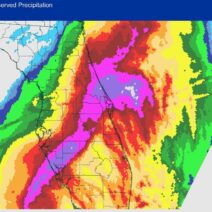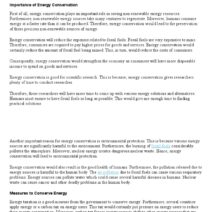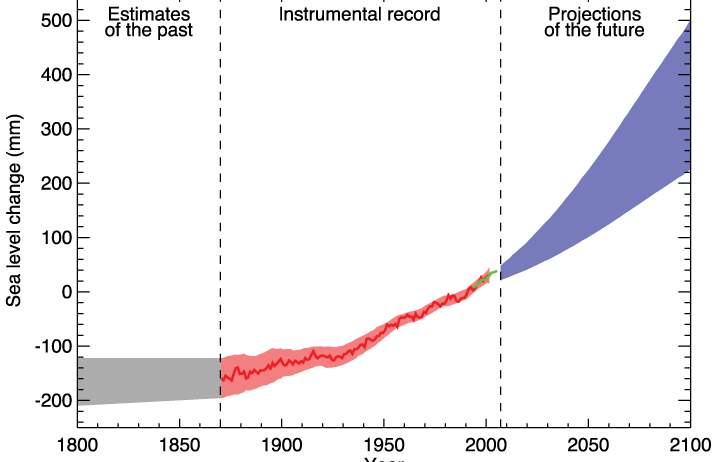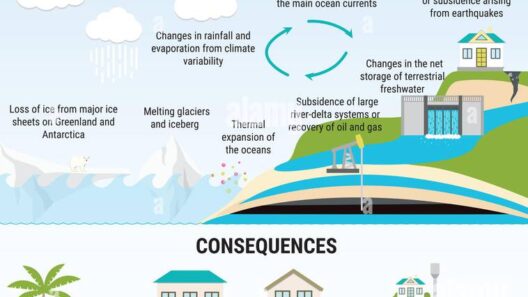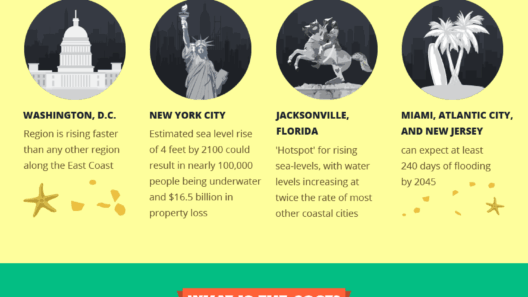The phenomenon of rising sea levels is not a fleeting anomaly; it encapsulates centuries of climatic evolution and anthropogenic influences. With every passing year, the implications of this trend grow more dire, necessitating an exploration of its historical context and the forces propelling its acceleration. Understanding how long sea level has been rising is paramount for comprehending both natural processes and the anthropogenic pressures contributing to this global crisis.
In the grand tapestry of Earth’s climatic history, the rise in sea levels is a centuries-long saga reflecting changes in temperature, glacial dynamics, and oceanic expansion. While contemporary discussions often emphasize the rapid rise witnessed in recent decades, it is crucial to contextualize these changes within a broader temporal framework.
Geological evidence indicates that sea levels have fluctuated significantly throughout different epochs. During the last Ice Age, approximately 20,000 years ago, sea levels were about 120 meters lower than they are today. As glaciers began to melt with the advent of warmer temperatures, sea levels embarked on a gradual ascent. This intricate interplay between temperature rises and glacial activities initiated a long-standing trend of ocean-level increase that has persisted to this day.
The last 10,000 years, known as the Holocene epoch, is particularly significant in this narrative. Throughout most of this period, sea levels rose steadily. The rate of this rise, however, was relatively modest compared to the acceleration observed in the 20th and 21st centuries. Data collected from various geological sources—including sediment cores and fossilized marine organisms—indicates a consistent, though gradual, rise in sea levels, averaging about 1 to 2 millimeters annually.
Nevertheless, the latter half of the 20th century marked a notable turning point. The Intergovernmental Panel on Climate Change (IPCC) has documented that global sea levels have risen approximately 15 to 20 centimeters (6 to 8 inches) since 1900, with the rate of increase accelerating significantly since the 1970s. Currently, the rate of sea level rise is estimated at around 3.3 millimeters each year. This acceleration can be attributed primarily to melting polar ice sheets and glaciers as well as thermal expansion of seawater, both consequences of relentless climate change.
The impacts of rising sea levels are far-reaching, influencing not just coastal ecosystems but also human settlements. Coastal regions are particularly vulnerable. As sea levels encroach on land, they exacerbate flood risks, salinization of freshwater resources, and loss of habitat, challenging the sustainability of communities that rely on these ecosystems.
Moreover, the multifaceted nature of sea-level rise poses socio-economic challenges. Developing nations, often with limited resources, bear a disproportionate brunt of rising oceans. Island nations face existential threats, with many at risk of becoming uninhabitable in the coming decades. Urban infrastructure in coastal mega-cities must contend with flooding, necessitating adaptive strategies to mitigate damage and enhance resilience.
Moreover, sea level rise is not a homogeneous phenomenon; it varies based on geographic location due to a myriad of factors, including ocean currents, land subsidence, and the gravitational pull of ice sheets. For instance, areas close to large ice masses—which experience a reduction in gravitational attraction as ice melts—may experience accelerated sea level rise compared to locations further away. Understanding these regional differences is essential for devising effective adaptation strategies.
For many, the grim reality of rising sea levels can be overwhelming. However, recognizing the lengthy history of this trend can provide crucial insights into our present situation. The rise we witness today is not solely a consequence of recent human activities; it is also the product of millennia of natural cycles. Nonetheless, the unprecedented rate at which we are currently observing sea level increase is a harbinger of the urgent need for intervention.
Efforts to monitor and predict sea-level rise are continually evolving. Scientific research employs satellite technology, tide gauges, and climate models to enhance accuracy in projections, thereby enabling policymakers to make informed decisions. Potential solutions range from climate mitigation efforts, such as reducing greenhouse gas emissions, to more localized strategies like constructing sea walls and restoring natural barriers like mangroves and wetlands.
In conclusion, the complex narrative of rising sea levels stretches back thousands of years, intertwining natural history with contemporary environmental challenges. Today, the wake-up call is loud: we stand at a critical juncture where the past informs our future. Armed with knowledge and driven by urgency, we must navigate the formidable challenges posed by rising seas to safeguard our planet and its inhabitants for generations to come.
